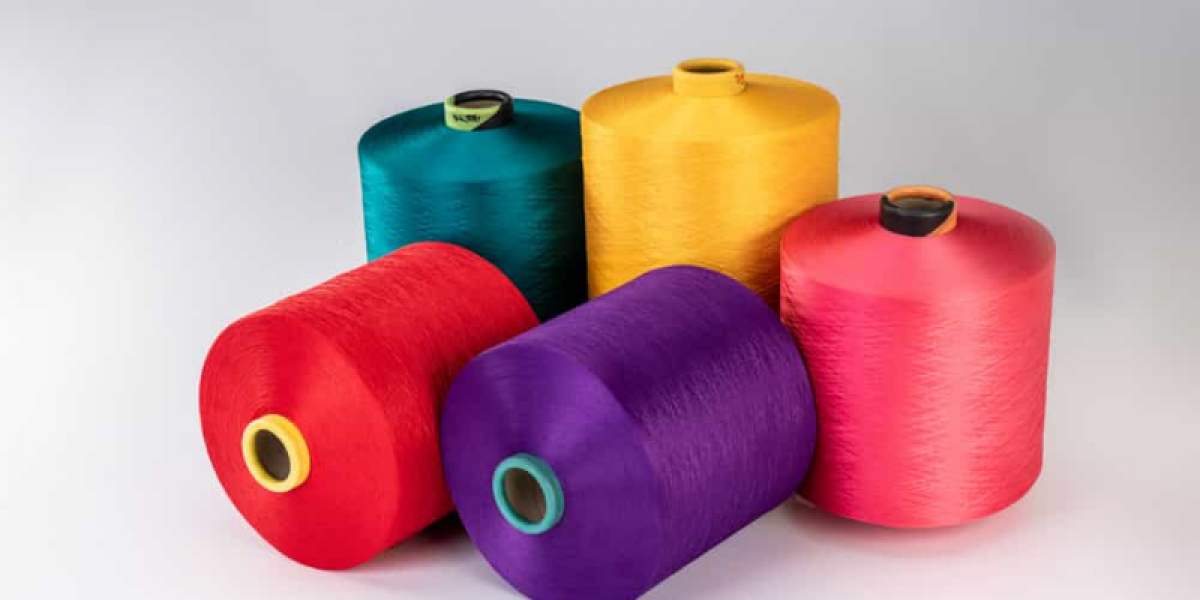As environmental concerns reshape industries, sustainable yarn is becoming a priority for brands and manufacturers. Let’s break down the innovations driving this shift.
1. Eco-Friendly Fiber Sources
Recycled Yarn: Made from post-consumer plastic bottles or textile waste, reducing landfill burden. For example, 1 kg of recycled polyester yarn saves 6.5 kg of CO2 emissions.
Organic Cotton: Grown without synthetic pesticides, it’s gentler on ecosystems and safer for workers.
2. Low-Impact Dyeing Techniques
Traditional dyeing consumes vast amounts of water and releases toxic chemicals. Solutions include:
Digital Printing: Reduces water usage by 95% compared to conventional methods.
Plant-Based Dyes: Derived from turmeric, indigo, or beetroot, these dyes minimize chemical pollution.
3. Certifications to Look For
GOTS (Global Organic Textile Standard): Ensures organic fiber integrity and ethical labor practices.
OEKO-TEX® Standard 100: Guarantees yarn is free from harmful substances like AZO dyes.
Challenges and Opportunities
While sustainable yarn costs 15-20% more than conventional options, brands like Patagonia and H&M are investing in it to meet consumer demand. Manufacturers can offset costs by optimizing production efficiency.
Commitment to Sustainability
At Xingfatex, we prioritize eco-friendly yarn production, offering GRS-certified recycled polyester and OEKO-TEX® approved colors. Our energy-efficient machinery minimizes waste, ensuring quality without compromising the planet.














